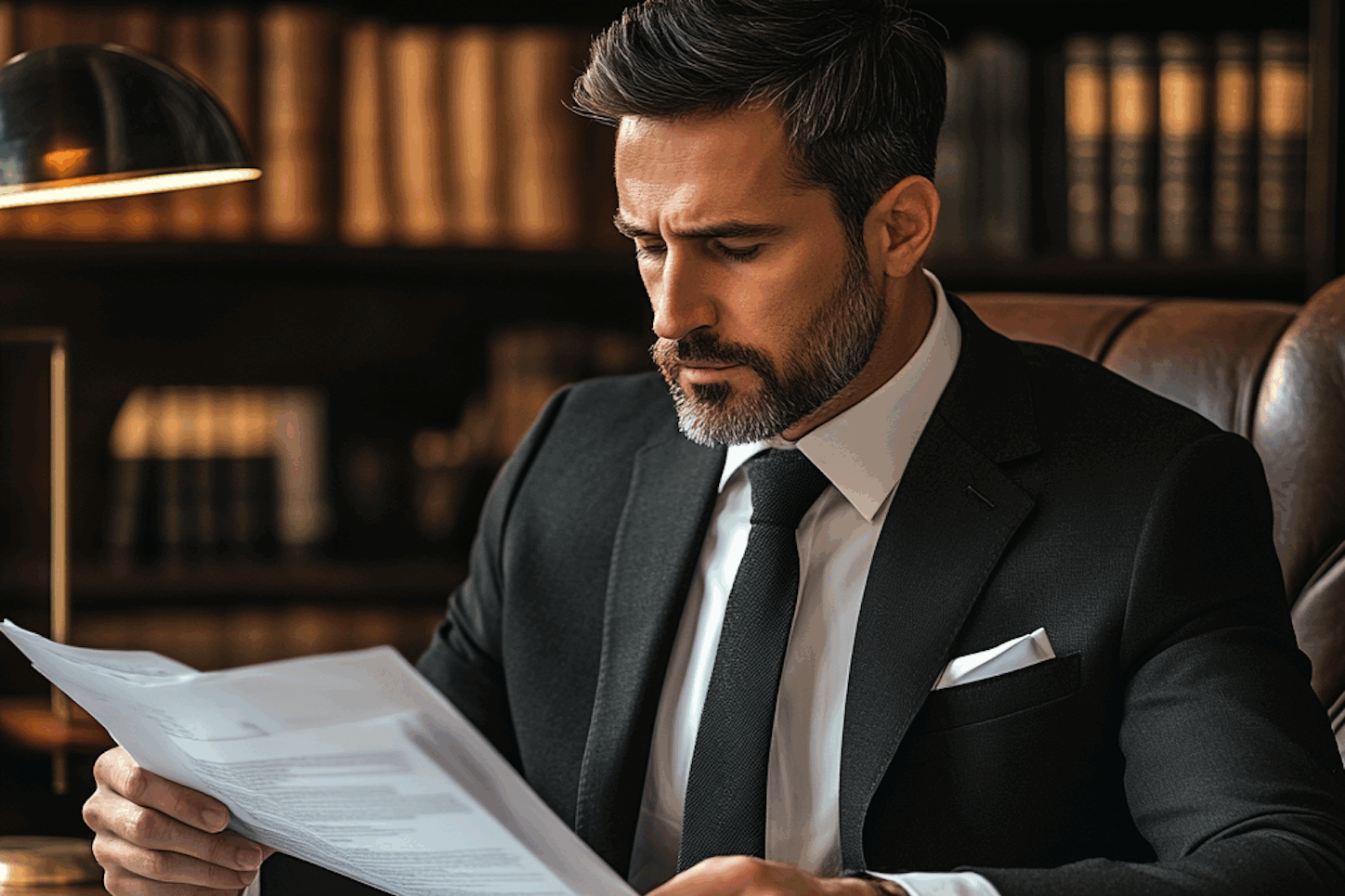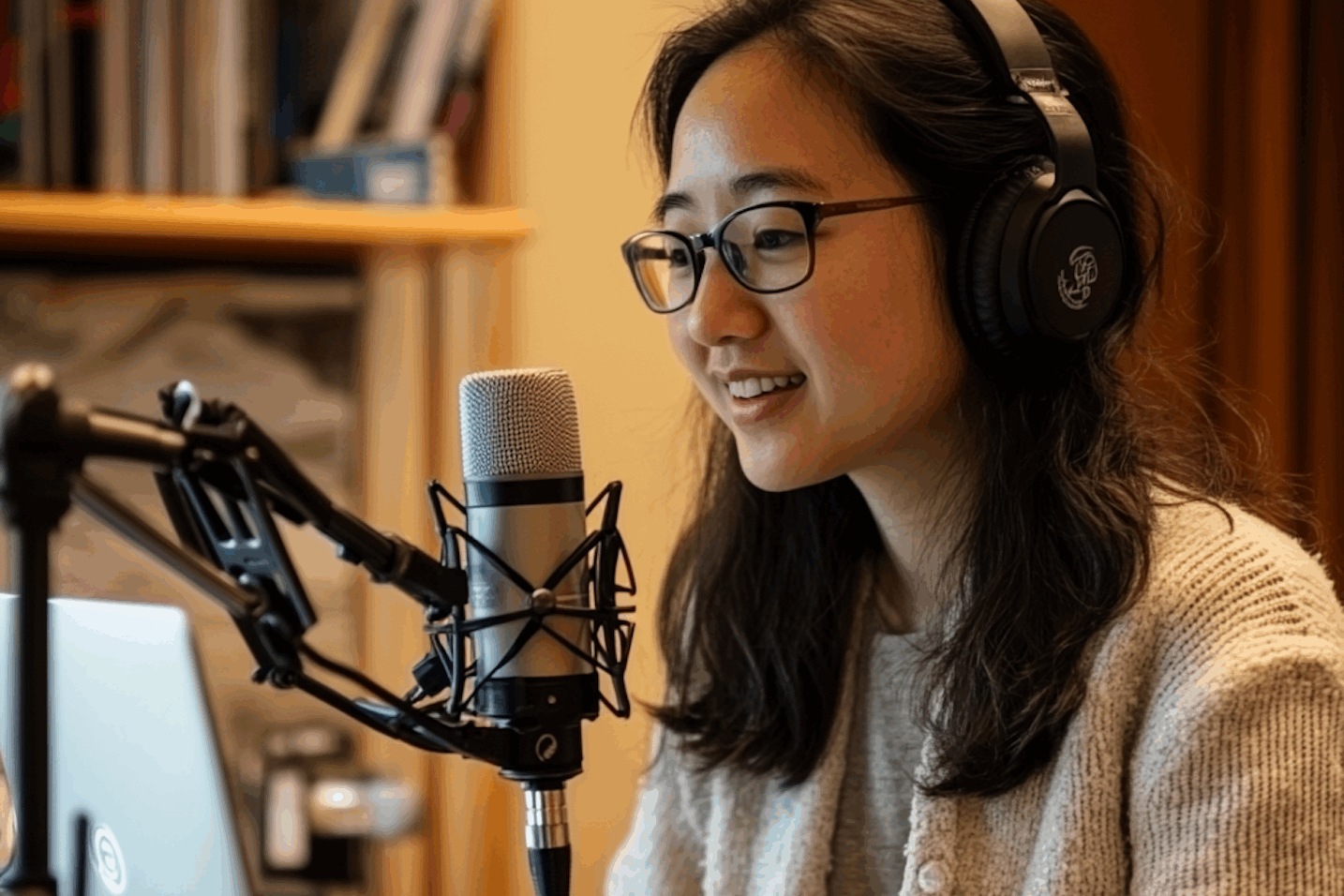As you prepare for your golden years, building a sizable nest egg can be difficult. There are many investment options, but one retirement plan allows you to take the reins of your account. A self-directed IRA gives accounts holders complete control of their investments.
You can take charge of your retirement and make your IRA funds work for you. By taking advantage of alternative investments, tax-free or tax-deferred savings, and by avoiding the pitfalls, you can get the most out of your savings.
If you are considering a self-directed account, here are few tips to make the most out of your investments.
An IRA Account that Works for You
The first step towards making your retirement work for you is selecting the IRA that best fits your needs. An advantage to opening an SDIRA account is the tax benefits. With a traditional or a Roth IRA, your account can grow exponentially before you reach retirement.
With a traditional IRA account, your contributions are tax-deductible and tax-deferred. Account holders do not have to pay taxes on their assets until they withdraw funds, which is after they choose to retire. Investing in a traditional IRA can mean greater long-term growth as long as you meet the yearly contribution limits.
Roth IRAs can also work in your favor. While these accounts don’t have the up-front tax benefits, all of your withdrawals are tax-free. This approach can be incredibly beneficial, especially when you get to avoid any taxable entanglements. Before setting up an account, explore your IRA options to get the most out of your retirement fund.
Buying Up Assets
After you select your retirement fund, you can start to build up your portfolio. Owning an SDIRA gives you the freedom to take advantage of alternative investment options. While traditional bank trusts allow you to invest in stocks, bonds, and treasury, self-directed IRAs provide you more flexibility when it comes to choosing your assets. Some of the most common involve real estate, precious metals, or deeds of trust.
The benefit to these select assets is the physical collateral they provide. Purchasing real estate gives you a physical money-making property. These investments are often slow-growing and low-risk, making them ideal cornerstones for your overall portfolio. For instance, if you purchase a deed of trust or precious metal, they offer protection, whether from inflation or default. They are secure and provide growth as time passes.
Another available asset carries a bit more risk: cryptocurrency. Digital currency, like bitcoin, has been considered the future of money. Like gold, the supply is limited, which prevents inflation over time. However, cryptocurrency is new and is technology based. If you find the right IRA custodian, this new investment option can prove to be good buy for your SDIRA. It’s important to invest in a variety of assets to safeguard your future.
Invest in a Business
In addition to physical assets, SDIRAs allow you to invest in ventures. Account holders can put money into a startup, purchase a business venture, or buy stock in a company. Investing your self-directed funds in one of these assets can prove to be beneficial, especially if the company succeeds. Of course, like with any investment, you should perform your due diligence when putting your hard-earned money on the line for a company, but with proper research, the risk could earn a big pay-out.
The key to these investments is that account holders must remain distant from the venture to prevent any ‘prohibited transactions.’ Being the key employee or investor can be considered “self-dealing.” If you can keep your assets separate, investing in a company can give your IRA a substantial boost.
Private Lending or Purchasing Debt
With so many hoops to jump through when it comes to bank lending, there are many potential candidates for private lending. Self-directed IRAs are eligible for private loans, and should you choose to buy up debt, this can benefit your fund. Being a private lender lets you decide the terms and conditions over the lifetime of the loan. Additionally, account holders can buy up tax liens, purchase loans, or provide funding for others.
These investments are secured by any contracts or agreements written up at the time of the transaction. These assets provide padding for your account that can be beneficial long-term. Also, should anyone default on these loans, any agreement will provide security for your IRA and ensure payment.
Avoiding the Pitfalls
One of the best ways to build up your SDIRA account is by performing your due diligence to set everything up properly. The only way to ensure account growth is by avoiding any pitfalls that may lead to tax penalties or disqualification of your account. While making your investment, be sure to avoid any prohibited transactions, like self-dealing.
For instance, if you choose to buy real estate using your IRA, you cannot use that property for any personal use. You cannot personally benefit from any of your investments until you’ve reached retirement age.
Other account missteps occur when dealing with “disqualified individuals.” If you were to become a private lender or landlord using your IRA funds, you cannot deal with your spouse, children or their spouses, parents, or grandparents. Before investing, consider researching any possible issues that the IRS may consider a prohibited transaction to secure your investments.
Making Your SDIRA Work for You
To ensure success for your retirement fund, perform your due diligence to setup the best possible scenario. With the help of your IRA custodian, you can build a strong, secure portfolio that will accumulate long-term wealth for your and your children’s future. Be selective with your investments and your choices will pay off during your golden years. Make your SDIRA account work for you.
Greg Herlean
Greg has personally managed over $1.4 billion in financial transactions via real estate investing and fixed and flipped over 450 homes and 2000 apartment units.
His aptitude for business has helped him to provide management direction, capital restructuring, investment research analysis, business projection analysis, and capital acquisition services.
However, these days he is mainly focused on being a professional influencer and educating investors about the benefits of using self-directed IRAs for tax-free wealth management. He is also a devout family man who enjoys spending his free time with his wife and children.
Greg Herlean’s journey started at 19 years old when he made a 2-year journey to Guayaquil, Ecuador, and volunteered to help less fortunate families. As a result, he learned many foundational lessons about faith, community, and hard work, which have helped him in his business success. Using these lessons, he was able to slowly build his wealth through real estate investing and establish Horizon Trust in 2011.



